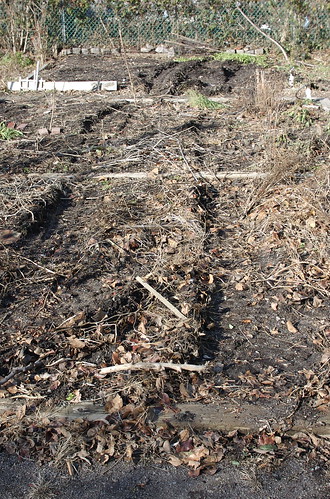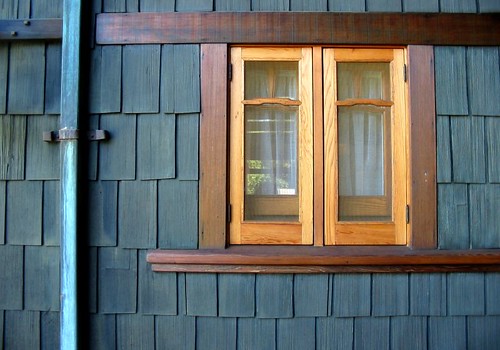
Radon, a colorless, odorless, radioactive gas, occurs in areas of uranium-rich igneous rocks or organic-rich soils. The presence of radon in clay soil depends upon the presence of radioactive minerals in the nearby parent rock or soil materials.
Occurrence
Video of the Day
The presence of radioactive minerals in the soil or rock, rather than the grain size of soil, dictates the concentration of radon. Radon in clay soil or coarser soil occurs only if the radioactive material exists.
Video of the Day
Movement
The rate of gas movement in soil affects the accumulation of radon in a structure. Differences in soil permeability cause radon gas in sand soil to move more quickly than radon in clay soil, as described in the "Kansas Geological Survey, Public Information Circular 25."
Accumulation

Radon enters buildings through the cracks or a dirt floor due to differences in pressure between the underlying ground and overlying structure. A tight building can trap an excessive radon accumulation inside.
Assessment
A homeowner or building owner can assess the radon accumulation in a structure by measuring the concentration of this radioactive gas using inexpensive, short-duration test kits.
Mitigation

The U.S. Environmental Protection Agency established ranges of levels of radon gas that warrant radon mitigation to protect occupants of an indoor space.